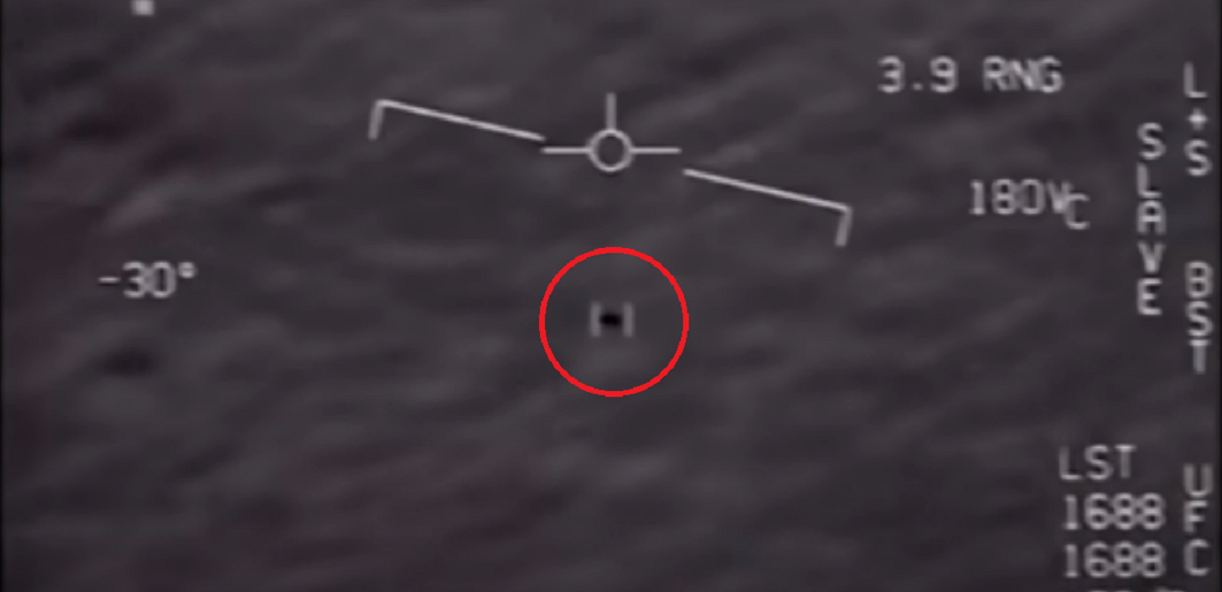Despite the fact that our universe is old, cold, and well past its prime, it’s not done making new galaxies yet.
Continue reading “Yes, Virginia, The Universe is Still Making Galaxies”Yes, Virginia, The Universe is Still Making Galaxies


Space and astronomy news

Despite the fact that our universe is old, cold, and well past its prime, it’s not done making new galaxies yet.
Continue reading “Yes, Virginia, The Universe is Still Making Galaxies”
The New Zealand Astrophotography Competition showcases and recognizes some of the most stunning images of the southern hemisphere’s night sky. This year, photographers from across New Zealand have captured some incredibly breathtaking skyscapes such as amazing auroras, stunning images of our Solar System, and deep-sky marvels.
Universe Today was proud to be part of this year’s competition, as our own Fraser Cain was one of the judges.
The overall winner in the competition is a gorgeous view of the Aurora Australis, above, by photographer Tom Rae. Rae said he captured this image during the “once in a lifetime” geomagnetic storm in May of 2024, showing the Milky Way arching over the dramatic landscape of Aoraki Mount Cook National Park. This image also won the “Aurora” category.
Continue reading “Our Breathtaking Cosmos: New Zealand Astrophotography Winners Announced”
At the centre of most galaxies are supermassive black holes. When they are ‘feeding’ they blast out jets of material with associated radiation that can outshine the rest of the galaxy. These are known as quasars and they are usually found in regions where huge quantities of gas exist. However, a recent study found a higher than expected number of quasars that are alone in the Universe. These loners are not surrounded by galaxies nor a supply of gas. The question therefore remains, how are they shining so brightly.
Continue reading “Why are Some Quasars So Lonely?”
An 11-page document that’s attributed to a Pentagon whistleblower has provided new cases in the controversy over unidentified anomalous phenomena — also known as UAPs, unidentified flying objects or UFOs.
The document, released today in conjunction with a House subcommittee hearing on UAPs, lays out details about what’s said to be a special access program called Immaculate Constellation. It accuses officials in the federal government’s executive branch of a “criminal conspiracy” that has been managing issues surrounding UAPs and evidence for non-human intelligence “without congressional knowledge, oversight or authorization for some time, quite possibly decades.”
Over the past few years, the Department of Defense has become more open to discussing UAP reports publicly, while insisting that there have been no substantiated reports of alien visitations. During today’s hearing, lawmakers called on the Pentagon to be more transparent in its investigations.
Continue reading “Congressional Hearing Fuels Fresh Debate About UFOs”One of the most challenging aspects of astrobiology and the Search for Extraterrestrial Intelligence (SETI) is anticipating what life and extraterrestrial civilizations will look like. Invariably, we have only one example of a planet that supports life (Earth) and one example of a technologically advanced civilization (humanity) upon which to base our theories. As for more advanced civilizations, which statistically seems more likely, scientists are limited to projections of our own development. However, these same projections offer constraints on what SETI researchers should search for and provide hints about our future development.
In a series of papers led by the Blue Marble Space Institute of Science (BMSIS), a team of researchers examines what Earth’s level of technological development (aka. “technosphere”) will look like in the future. In the most recent installment, they offer a reinterpretation of the Kardashev Scale, which suggests that civilizations expand to harness greater levels of energy (planet, host star, and galaxy). Instead, they suggest that the Kardashev Scale establishes upper limits on the amount of stellar energy a civilization can harness (a “luminosity limit”) and that civilizations might circumvent this by harnessing stellar mass directly.
Continue reading “New Study Examines How Extraterrestrial Civilizations Could Become “Stellarvores.””Navigating the harsh terrain of other rocky worlds has consistently been challenging. The Free Spirit campaign unfortunately failed in its goal to will the plucky Martian rover out of the morass it found itself in, despite two years of continual effort from some of the world’s best engineers. To combat this difficulty, other engineers have turned to alternative propulsion methods, and a team of researchers in the EU have done just that for their work on an autonomous mining robot. They decided to use an Archimedes screw as their primary propulsion method.
Continue reading “A Screw-Driven Robot Could Autonomously Mine Rocky Worlds”
Mars has been a fascination to us for centuries. Early observations falsely gave impressions of an intelligent civilisation but early visiting probes revealed a stark, desolate world. Underneath the surface is a few metres of water ice and a recent study by NASA suggests sunlight could reach the layer. If it does, it may allow photosynthesis in the meltwater. On Earth this actually happened and biologists have found similar pools teeming with life.
Continue reading “How Life Could Live Under the Ice on Mars”
NASA’s Jet Propulsion Lab has announced a second round of layoffs for 2024, this time laying off 325 people – about 5% of its workforce. The announcement was made on Nov. 12 in a memo sent to employees, which notes the layoffs could have been even larger. The last cut was made this past February, when 530 employees were let go. Part of the issues which forced the layoffs comes from the the possible cancelation of the Mars Sample Return mission. With the October 2024 launch of Europa Clipper, JPL doesn’t have a flagship mission in the pipeline right now.
Continue reading “NASA’s JPL Lays Off Another 325 People”
Will we ever understand how life got started on Earth? We’ve learned much about Earth’s long, multi-billion-year history, but a detailed understanding of how the planet’s atmospheric chemistry evolved still eludes us. At one time, Earth was atmospherically hostile, and its transition from that state to a planet teeming with life followed a complex path.
Continue reading “Lessons From Ancient Earth’s Atmosphere: From Hostile to Hospitable”There is a region of the sky where astronomers fear to look. Filled with dark clouds of dust, it hides an unseen mass. A mass so large it is pulling the Milky Way and other galaxies toward it…
Continue reading “Astronomers Defy the Zone of Avoidance to Find Hundreds of New Galaxies”